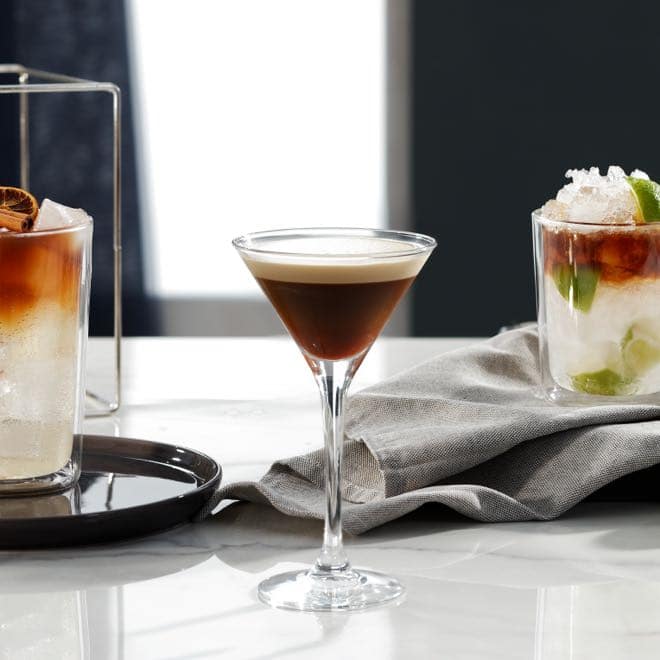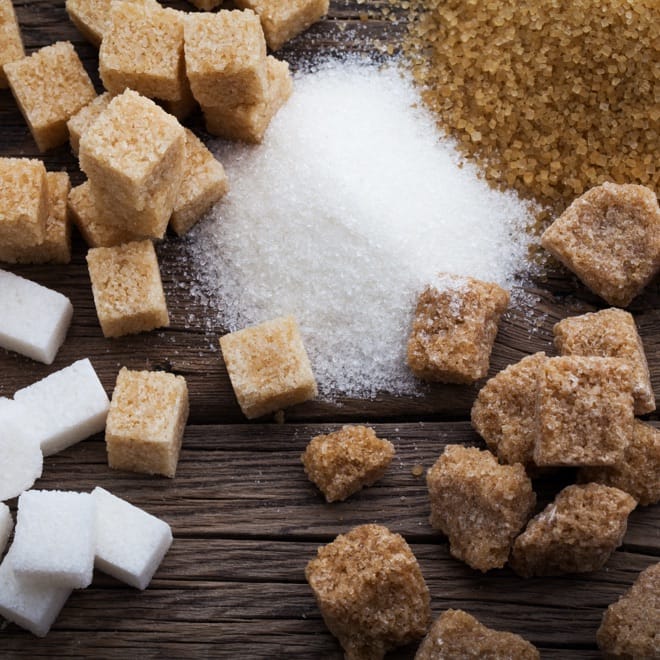Joey Stazzone is the President (and Chief Coffee Hunter) of Cafe Kreyol.
In 2012 Stazzone took his experience with chemistry, cross breeding, and backyard botany, and began working in developing countries with the goal of creating sustainable employment, through specialty coffee. Through a decade of hands-on experience working with producers, he has become an expert in fermentations and post harvest processing. Stazzone has been a licensed Q Grader since 2015, and became a Coffee Quality Institute (CQI) Educator on Quality Evaluation in 2022.
He has been on the international jury for the Bolivia Quality Cup Presidential Tournament 4 times, and an international judge in the Cup of Excellence. Stazzone has given dozens of lectures on Direct and Transparent Trading as well as Fermentations and Post Harvest Processing.
Most recently his company was awarded "2023 Macro Roaster of the Year" by Roast Magazine.
Through his work at Cafe Kreyol, he provides consulting to hundreds of producers a year, conducting experiments on coffee fermentations, pH testing, and post harvest processing, in order to help them develop their best possible option.
Recently his company completed a scientific study on post roast resting times, and the impact on sensory evaluation which can be found at
https://cafekreyol.com/research/post-roast-rest-study/. You can learn more about Stazzone and his backstory before coffee by watching this short documentary (
https://www.youtube.com/watch?v=ZnhR02FWNqc&t=5s)
 Découvrez notre machine à espresso entièrement automatique la plus vendue, maintenant avec fonction infusion froide ! Savourez plus de 50 recettes en une seule touche, dans le confort de votre foyer.
Découvrez notre machine à espresso entièrement automatique la plus vendue, maintenant avec fonction infusion froide ! Savourez plus de 50 recettes en une seule touche, dans le confort de votre foyer.
 Préparez sans effort un espresso de qualité à la maison avec la machine La Specialista Opera – maintenant avec Cold Brew.
Préparez sans effort un espresso de qualité à la maison avec la machine La Specialista Opera – maintenant avec Cold Brew.










